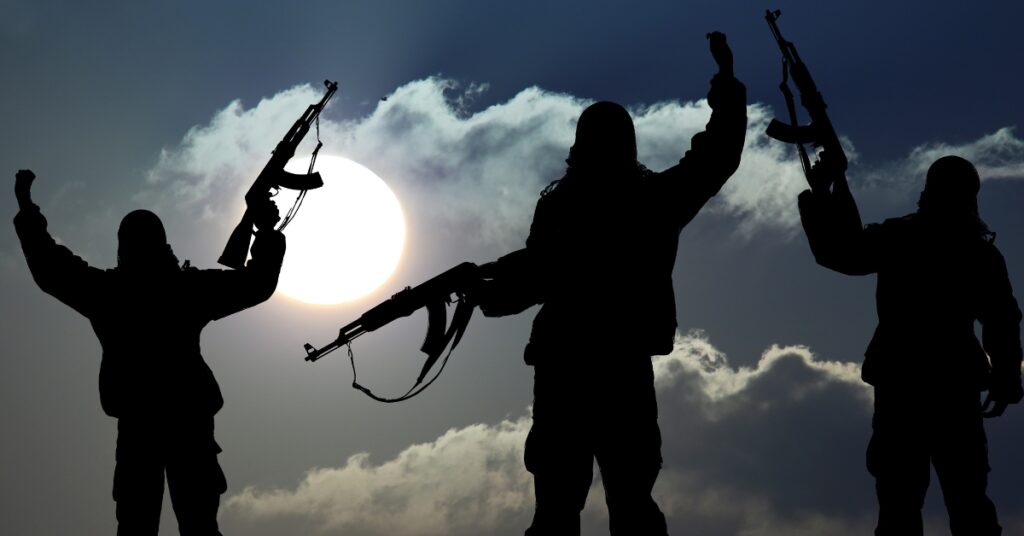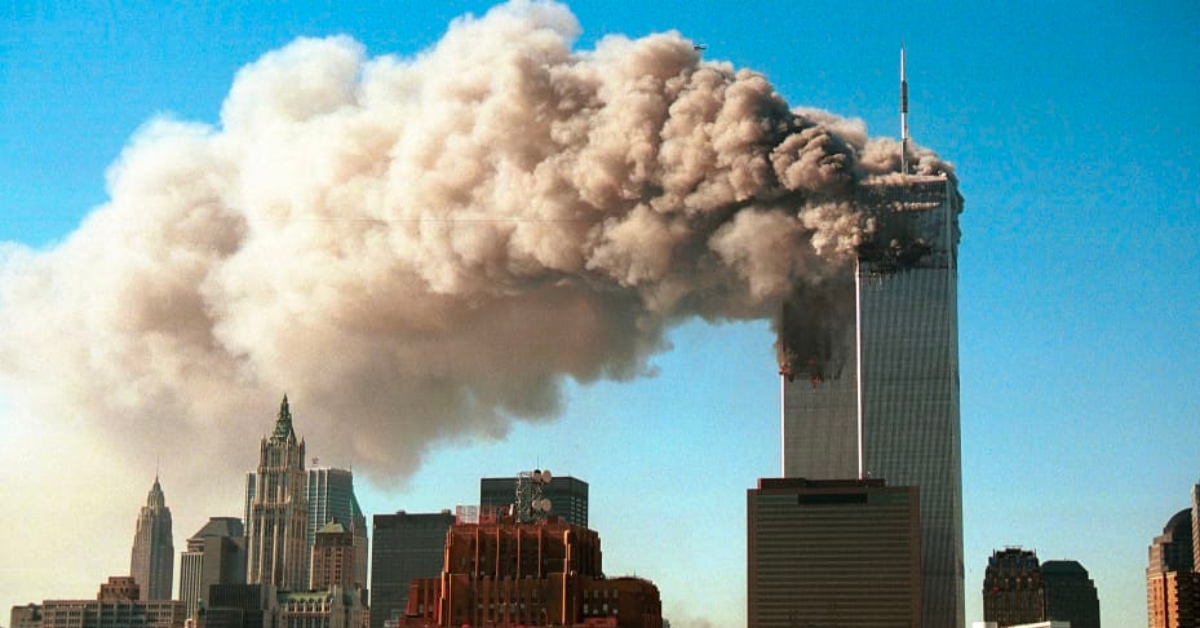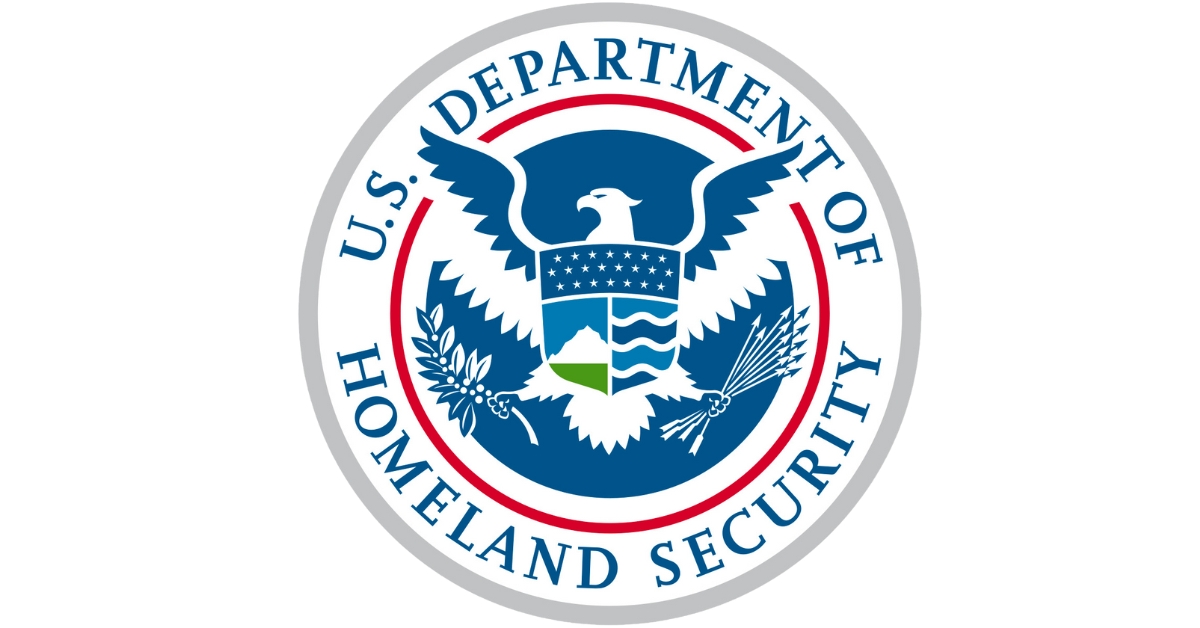OverviewThe War on Terror is a term of rhetoric that has been used since the 1800s to describe efforts to combat small-scale attacks on institutions of state. The concept of conventional warfare, which called for the confrontation of opposing armies of states on a defined territory, guided U.S. military organization, tactics, and equipment through WWII. The proxy wars of the Cold War era largely rendered conventional warfare obsolete. Various DoctrinesNew tactics, military and intelligence organizations, and weapons systems emerged to fight low-intensity or unconventional wars. Kennedy CI DoctrineThe counterinsurgency (CI) doctrine, outlined by the Kennedy Administration, defined the emerging form of warfare and provided the legal framework for the U.S. to utilize guerilla/terrorist tactics in its campaign to fight guerillas/terrorists. The Kennedy CI Doctrine called primarily for the support and training of cadres indigenous to an area to carry out counter-terror campaigns against hostile governments. It relied heavily on the intelligence agencies created by the 1947 National Security Act. Reagan DoctrineRonald Reagan was the 1st to officially declare and spearhead the international war on terror, although his administration was unable to define the term clearly. The Reagan Doctrine, commonly understood as the support for anti-communist insurgents, expanded the scope of Kennedy’s CI Doctrine to allow for the full engagement of the military in foreign interventions. The Reagan Doctrine lacked the rationale for the large-scale military intervention overseas that it envisioned. The September 11, 2001 attacks against the World Trade Center and the Pentagon enabled the newly elected George W. Bush administration to launch a large-scale military assault on the war on terror. Bush Administration’s War on TerrorThe Bush Administration’s war on terror is described as the ongoing campaign to destroy individuals and groups classified as terrorists and terrorist-supporting organizations and states. The initial military campaign targeted Afghanistan and was followed by the invasion of Iraq. While the military is still active in both areas, the administration has named Libya, Syria, Cuba, Belarus, Zimbabwe, Myanmar (Burma), North Korea, and Iran as future potential targets. To fight the war on terror, the Bush administration has implemented the dramatic reorganization of the federal government called for by the doctrines of previous administrations. This reorganization is accompanied by legislation that has altered and superseded the constitutional and internationally recognized rights of the population. This research topic is devoted to understanding the war on terror. 9/11 AttacksBibliography/ Gov. Documents/ Articles/ Links The Sept. 11th, 2001 attacks on the World Trade Center and the Pentagon came eight months after George W. Bush’s inauguration. The 2000 presidential election was one of the closest in history and only concretely decided in favor of George W. Bush by the Oct. 12 Supreme Court decision to stop the Florida ballot recount.
The controversy over the Bush election, the security and intelligence failures that permitted 9/11 to take place, and other circumstances surrounding the event spawned a host of research activities documenting U.S. government complicity in the event. The 9/11 research community has been inundated with conspiracy theories that have overshadowed the concrete information and legitimate research on 9/11. This subtopic is devoted to compiling reliable information on the 9/11 attacks.
States Targeted by the War on TerrorIraq/ Afghanistan/ Iran/ N. Korea/ Syria The Bush Doctrine claimed to be a redefinition of U.S. foreign policy and national security strategy, was built off the Reagan Doctrine and called for pre-emptive action against the terrorist threat. The Bush Doctrine made no distinction between a terrorist organization and the nation-state believed to support it, enabling the U.S. military to engage in foreign interventions of sovereign nations fully. This subtopic is devoted to compiling information on the states targeted by the war on terror, the active and projected military campaigns against them, and the involvement of U.S. forces in the domestic affairs of the nation. Iraq:
References
Additional References
Afghanistan:
References
Iran:
Syria:
Organizations Targeted by the War on Terror:A terrorist group is defined as a number of terrorists organized or assembled to commit acts of violence or threaten to commit acts of violence in pursuit of religious, ideological, or political objects. This definition has allowed organizations such as PETA, the Earth Liberation Front, and Greenpeace to be lumped into the same category as Al-Queda. This subtopic is devoted to compiling information on the organizations targeted by the war on terror and the active and projected military campaigns against them. Reorganization of Military, Intelligence, and Security ApparatusGeneral/ Reorg Military/ Reorg Intelligence/ Reorg Internal Security The George W. Bush administration’s war on terror has brought about the most sweeping reorganization of the national security apparatus since the start of the Cold War. The Department of Homeland Security merged 22 different domestic security organizations, a Director of National Intelligence was appointed to lead the restructuring of intelligence agencies, and reorganization has occurred within the Department of Justice and the Department of Defense, with the continued transition of traditional forces to special force teams.
The current restructuring of the national security apparatus is the radical implementation of policy recommendations that have existed since the 1950s. This subtopic is devoted to compiling information on the reorganization of the military, security, and intelligence apparatus.
References
Additional References
War on Terror LegislationBibliography/ Gov. Documents/ Articles/ Links The measures taken by the Bush administration to combat the war on terror were considered illegal prior to legislation passed in the wake of 9/11. New legislation has permitted the U.S. government to use controversial methods and tactics in counter-terror and counter-insurgency operations, both domestically and overseas. The threat of domestic terrorism has allowed for increased law enforcement operations and surveillance programs that target U.S. civilians. The legislative framework to operate interrogation and detention facilities that are exempt from the regulations of the Geneva Convention has also been established. This subtopic is devoted to compiling information on U.S. legislation that supports the war on terror.
References
Additional References
|




